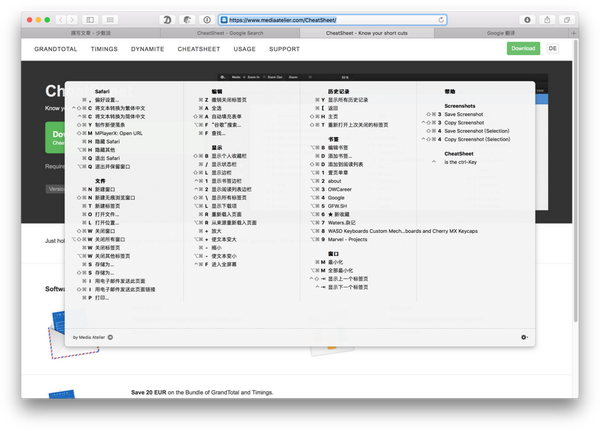There are two types of backup: file-based, and image-based. Apple’s own Time Machine does a good job of blending the two together, giving you both the ability to roll back individual files as well as your entire Mac should the need arise, but it does swallow up disk space at an alarming rate. Acronis is well known in the Windows sphere for its True Image drive-imaging tool, and this is its attempt to crack the Mac market.
Its main selling points are its versatility and simplicity. It’s versatile in supporting both local and cloud-based backups, with support for any network attached drive, not just those specifically engineered to work with Time Machine. Acronis True Image is designed with simplicity in mind too: once installed, launch the app and click Free Trial. You'll need an Acronis account to obtain your 'unlimited' cloud store storage space with Acronis’ online backup service, although you are still able to back to a network or otehr local drive.
Now you’ll be prompted to click to select a backup source – typically your Mac install drive, but Acronis can also back up any recognisable drive attached to your Mac. One thing Acronis can’t work with is Bootcamp, which will be a deal-breaker for those who’ve set up their Mac to run OS X and Windows side-by-side. It won’t even let you simply back up your Mac partitions either. If this doesn’t end your interest, you can then click to select your destination – Acronis Cloud is prominently displayed at the top, but any external drives are also accessible with a single click. Alternatively, click Choose Other Location to pick a specific folder or locate a network drive.
Next, click Settings, which lets you choose a schedule for regularly updating your backup and – if necessary – encrypting the backup with a password for security reasons. Then click Start Backup and let it do its work. Local backups are stored in the proprietary.tib format, which are compressed and require True Image itself to browse and restore (either individual files or the entire image). Cloud-based backups are backed up on a per-file basis.
Up to 10 backups are kept at a time – when you make the eleventh backup, the oldest is deleted. Change the backup location to preserve these older backups. Finally, make sure you create backup rescue media using a blank 4GB USB flash drive when prompted – this will allow you to restore your drive image even when your Mac isn’t bootable. What's new in 2019(see the for more)? Cleaning up backup versions manually - New! Acronis Survival Kit Acronis Survival Kit is an external hard disk drive that contains both components so that you can have a single device that has everything that you need to recover your computer. Active Protection for NAS devices and network shares - New!
For Mac Mavericks Free Version Staruml Get Social Networking Free

Enhanced scheduling flexibility - Improved Cloud backup - Improved OneDrive backup technology - Improved WinPE Media Builder. WhatsApp Messenger is the world's most popular instant messaging app for smartphones. You can use it to send and receive text and voice messages, photos, videos, even call your friends in other countries, and because it uses your phone's internet connection it might not cost you anything at all (depending on whether you'll pay data charges). It's easy to set up and use. There's no need to create and remember new account names or pins because it works with your phone number, and uses your regular address book to find and connect you with friends who use WhatsApp already. You can talk one-to-one or in group chats, and because you're always logged in there's no way to miss messages. Even if your phone is turned off, WhatsApp will save your messages and display them as soon as you're back online.


There's plenty more (location sharing, contact exchange, message broadcasting) and the app is free for a year, currently $0.99/ year afterwards. What's New in Version 2.18.110.
It’s now easier to start group voice and video calls. Just tap the call button in groups or select 'New group call' when starting a new call in the calls tab. Group calls support up to 4 participants.